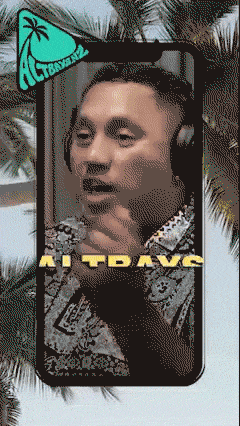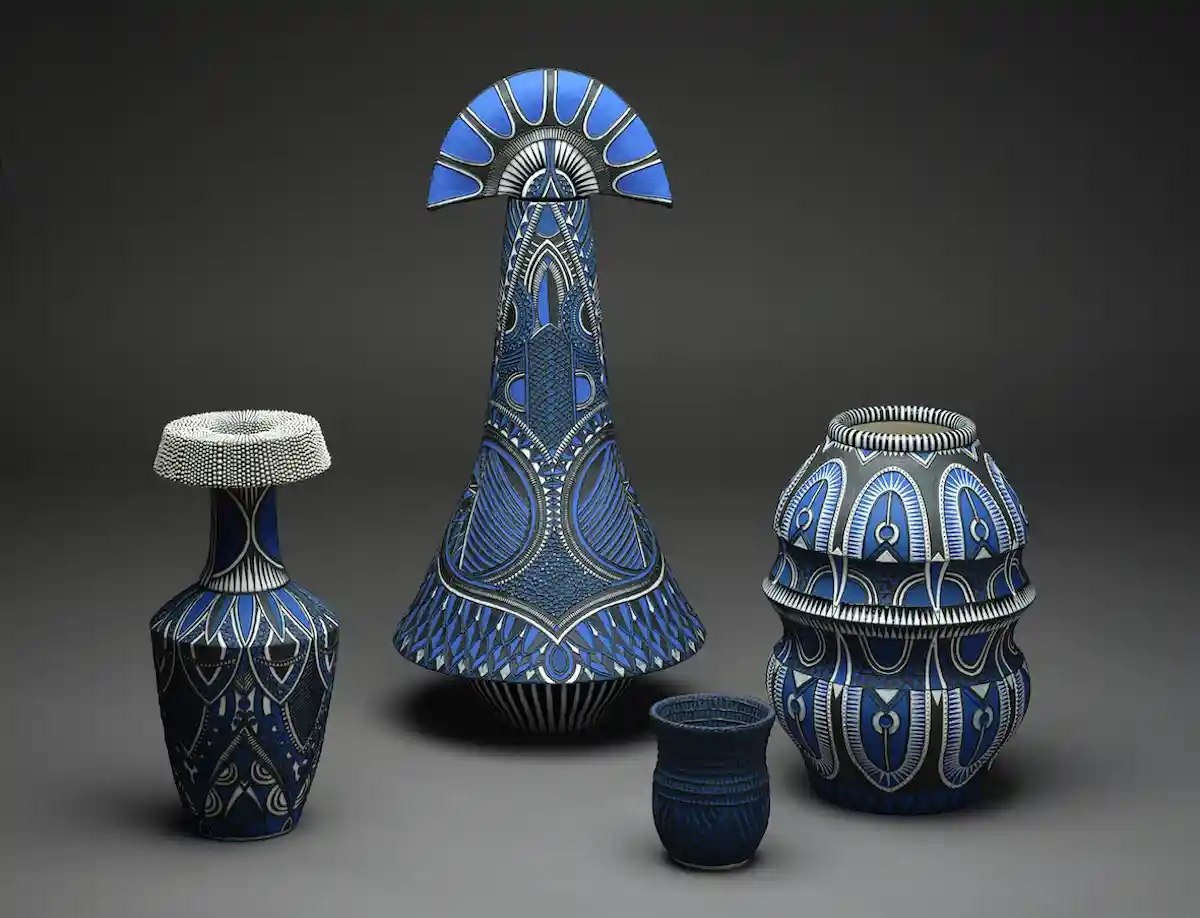Coromandel creative demonstrates how to get into the flow state and how to kill your inner critic.
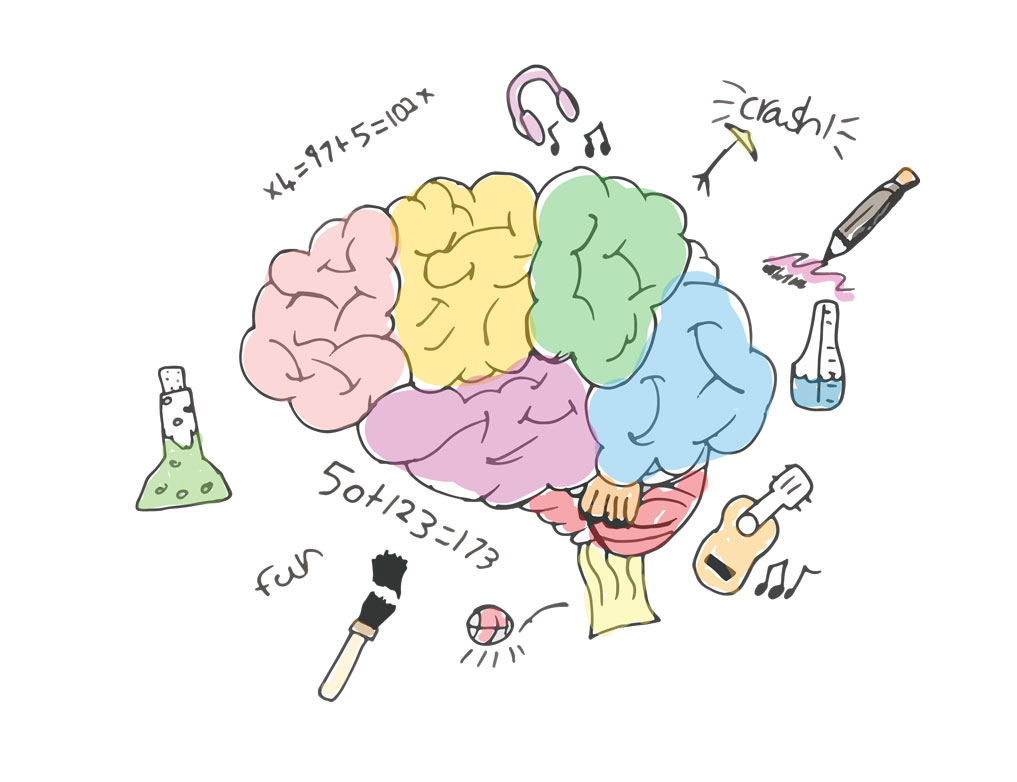
Write just one word. Then another. Write another. Draw that line. Mark that page. Make a dot, a squiggle, an imperfect circle. So what if it’s wonky? Play that chord. Sing that note. Sing another. Strike the flint and make the spark. In the words of avant-garde composer John Cage: ‘Begin anywhere.’ Start something.
WITHOUT EXPECTATION
The creative process is a fascinating one. To write, paint, design, sculpt, or compose without hesitation, without doubt, and without judgment and fear – without expectation – is true creative freedom. It’s incredible to see what we’re capable of and what can come from us. We all have the capacity to be creative. We can all make interesting, inspired art. We just have to get over ourselves first.
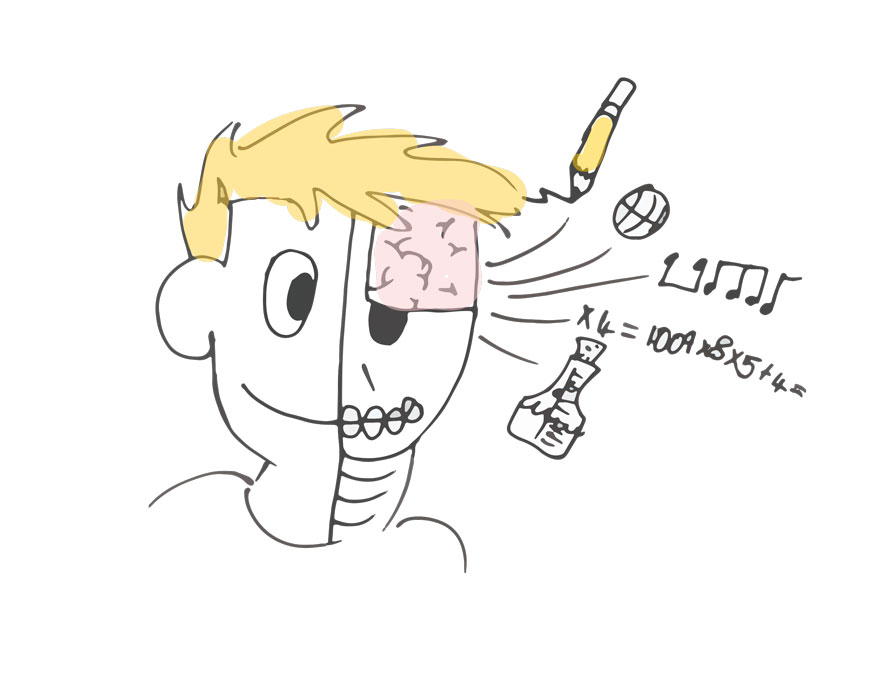
Often what hinders our creative process is our own self-consciousness: Where do I even start? What if it looks stupid? What will so-and-so think? What if it doesn’t come out like I imagined? Is there even a point? This is the inner critic we all have, killing the idea before it’s had a chance to live. It’s too easy to listen to this critic. It’s too easy to stop before you start. So the inspiration goes – it dissipates, until there’s nothing left but the niggle of what could have been.
SILENCE THE INNER CRITIC, FREE THE CREATIVE SPIRIT
So, how do we keep the inspiration alive? How do we silence the inner critic and free up the creative spirit? Quite simply: habit, routine, and practice. Most artists work on their craft, in one way or another, on a daily basis. They set aside time and make practice a part of their day. They maintain the channel of getting what’s inside out.
Some of the best ways to do this are through doodling or inconsequential writing to help process and crystallize your thoughts.
Journal writing is also excellent for this, regardless of your artistic medium, by the daily practice of filling up two or three pages with your thoughts, whatever they are, wherever they go. Not only is this a good way to document the events of the day, or process stressful emotions, or problem-solve, but it allows space for unhindered, uncritiqued stream-of-consciousness thought, where some of the most vivid, interesting, creative ideas are. It feels good to articulate your thoughts to yourself. And it means you’ve started somewhere, filling pages with an authentic, unique voice. Within these lines is creative gold.
Keeping creativity flowing is like working a muscle – it works best when exercised regularly.
The more you do it, the easier it is and the less self-conscious you become. The internal critic gets quieter – and friendlier – and you start to ‘experience the world with a poet’s eye.’ It’s fun. And it’s rewarding.
There are thousands and thousands of books and resources, across the arts, that offer valuable prompts for exercising creativity – they’re easy to find. Most challenge you to think outside the box, get the ideas flowing, and break the fear of facing a blank page. Having a prompt, some framework, or a restriction, gives us somewhere to spill out of. Having a starting point can open up the creativity to limitlessness.
Here’s a simple, fun, low pressure exercise you can do now: set a timer for the times below and write using the following objects as starting prompts. The writing can deviate away from the initial object as much as you like – in fact, it’s encouraged. See where you end up! The key is to write as descriptively as possible, incorporating all of your senses into your writing – sight, sound, taste, touch, smell, body (internal awareness), and motion (kinesthetic sense). Sky (5 mins). Crash (10 mins). Lily Pad (90 secs). Go on, give them a go. Enjoy what comes out. You might be surprised. Do it again tomorrow with 3 different prompts. Think of more objects you could use – coffee plunger; petal; scissors. Try doing this exercise daily, on your own, with a friend, in a group.
www.objectwriting.com has some great tips and more prompts as starting points.
By engaging all our senses, our creative ideas come to life. Since we use all our senses to experience the world, it follows that we should describe the world using all our senses. Practicing sensory object writing gives creative ideas vibrancy and vividness.
GOOD BONES
The great thing about these creative exercises is that they can often inspire works of art in themselves. Some turn out to be good bones for a great piece of art. With a few tweaks and edits, these offhand exercises can become short stories and poems (I’ve performed a few of them myself). They can become songs or an idea for a painting you might not necessarily have thought of. They can surprise you.
Of course you don’t need to do anything with your creations. They are complete in themselves. They can sit in a drawer or a box. They can stay pinned to your wall or as audio files in your phone. There is satisfaction in that. Self-expression and self-awareness are fundamental to our well-being. And it feels good simply to have created something out of nothing.
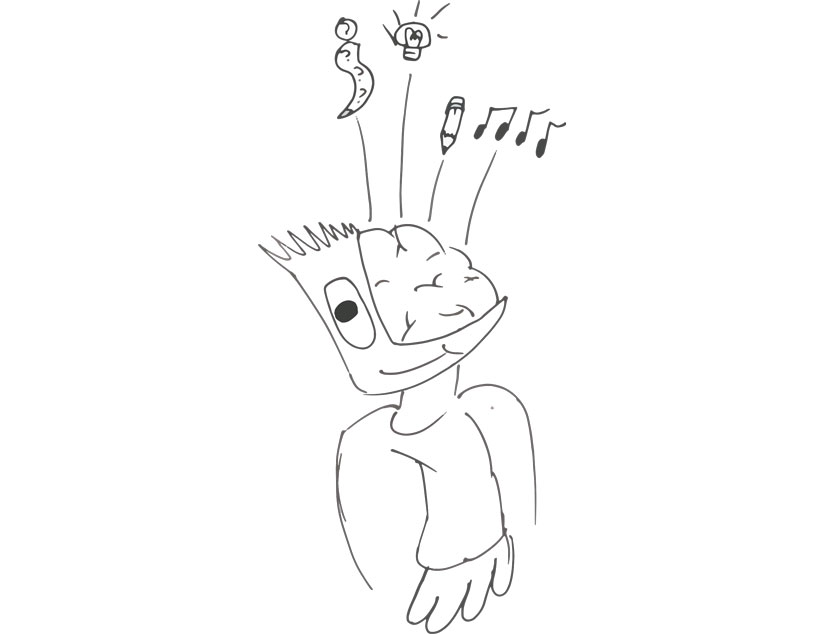
LET THEM OUT
But there is also power in art when it connects with other people. Art is a form of communication – it’s a conversation, a commentary, a challenge laid-down between the work and the observer. It holds emotional power. It bridges cultures and people. It articulates and relays the world we experience. Art makes us feel. It adds beauty and ambience to our lives.
If you have never shown your art to other people, I encourage you to do so. Join an art group. Go to an open mic night. Share a poem with a friend. Perform that song you wrote. Enter a short story competition. Something good always comes from it. You’ve put yourself out there. You’ve created a conversation. You’ve done something because you care for it, and because you’re curious. And, really, in the big scheme of things there’s not that much to lose.
And if you have put your art out there, congratulations! You make the world a richer place. Keep doing it. You impact the world in positive ways that are truly your own. You inspire others to take action too. You’ve added voice, provoked thought, given a new perspective, and may have even brought about some kind of change. You’ve learned something about yourself in doing so. Heck, you may have even made a little money from it. Good for you. Please, keep sharing your art.

THE HEARTBEAT, THE SPARK
Don’t be mistaken: creating art to completion can be hard work. The good idea is sometimes the easy bit. Seeing it all through, from beginning to end, can be hard yakka. Not everyone gets through it. It requires discipline, skill, and perseverance. A good idea, though, if you believe in it, contains all the life-force and energy you need. Hold this creative idea up. Keep being inspired by it. This is your guiding light and the heartbeat of your art when motivation wanes. Let it lead you through to the end, this thing that started as a spark.
So, when you’re staring at a blank page, an empty canvas, a lump of clay, the keys of a piano, do it. Do something – anything. Do it without expectation. But do it like you mean it. Strike the flint and catch the spark. Begin anywhere. Watch the whole thing come to life.
– Stewart Pedley, Writer/Performer
Artwork created by Jimmy Flannigan, Kid creative, 9 years old


